In the early days of the artificial intelligence era, humanoid robots became the must-have promotional spokespersons for major tech companies. Underneath their seemingly adult appearance, they are unable to reach even the basic level of a child, lacking the basic ability to feel and interact with the world.
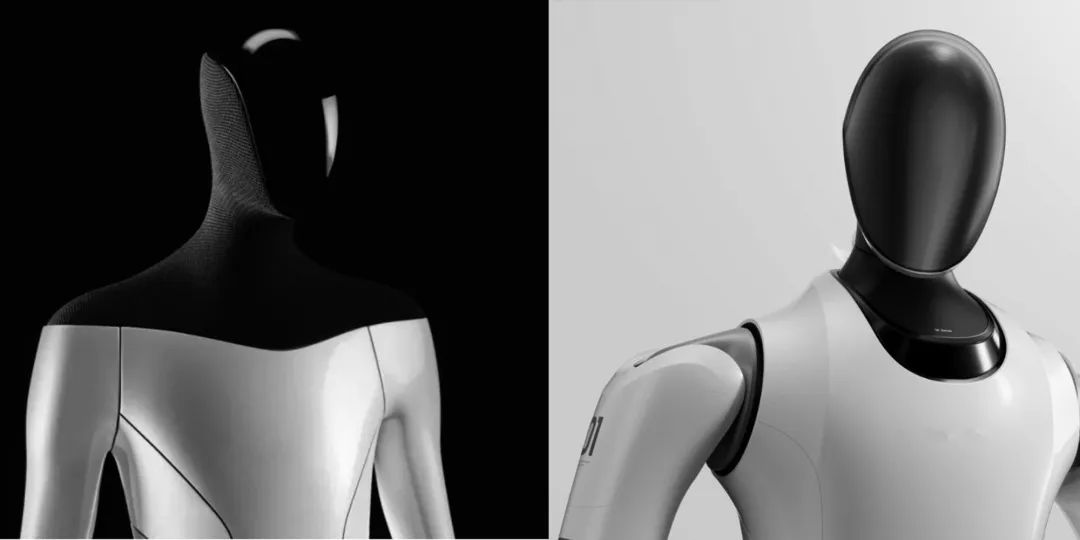
In the era of rapid scientific and technological development, the first impression of most humanoid robots is "cute". The word "cute" is often used to refer to a lack of features and a slight obtuseness. A robot that can be full of love and aesthetics for small creatures such as ants, flowers and plants, and has a "heart of gold" like a child, is not to be blamed. In fact, compared to "cute", they need "wisdom", although they have "eyes", but do not know how to grasp the distance between them and other things; although they have "hands", but it is difficult to grasp the distance between them and other things. Although they have "eyes", they do not know how to grasp the sense of distance between them and other things; although they have "hands", it is difficult to grasp the sense of proportion between touches; although they have "feet", they cannot always maintain a sense of stability on the ground; although they have "form", but they lack a sense of interaction when communicating with others. ......
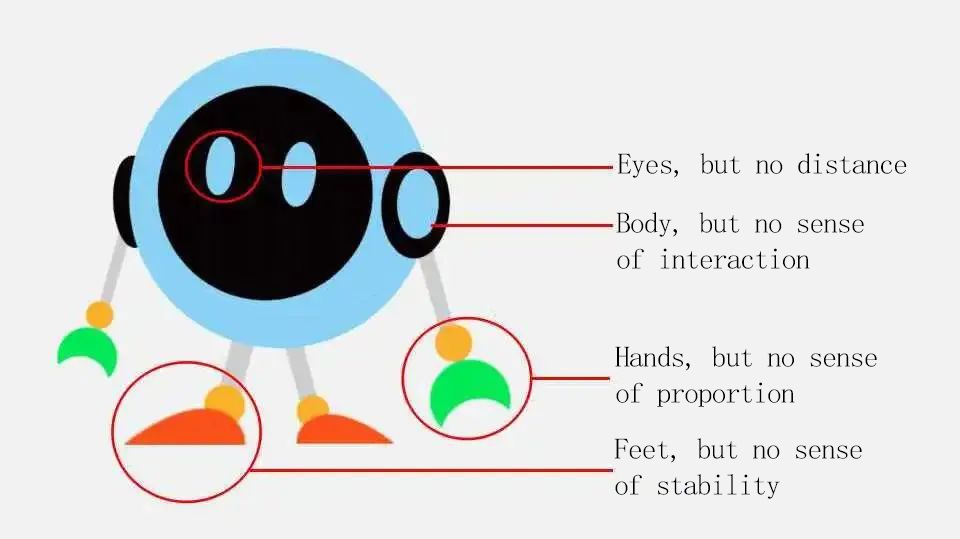
We always believe that good things are about to happen, but we prefer to make them happen. For this reason, the AUDIOWELL team has drawn an empowering portrait for humanoid robots, injecting humanoid robots with human-like perception and execution, and they should "look" like this:
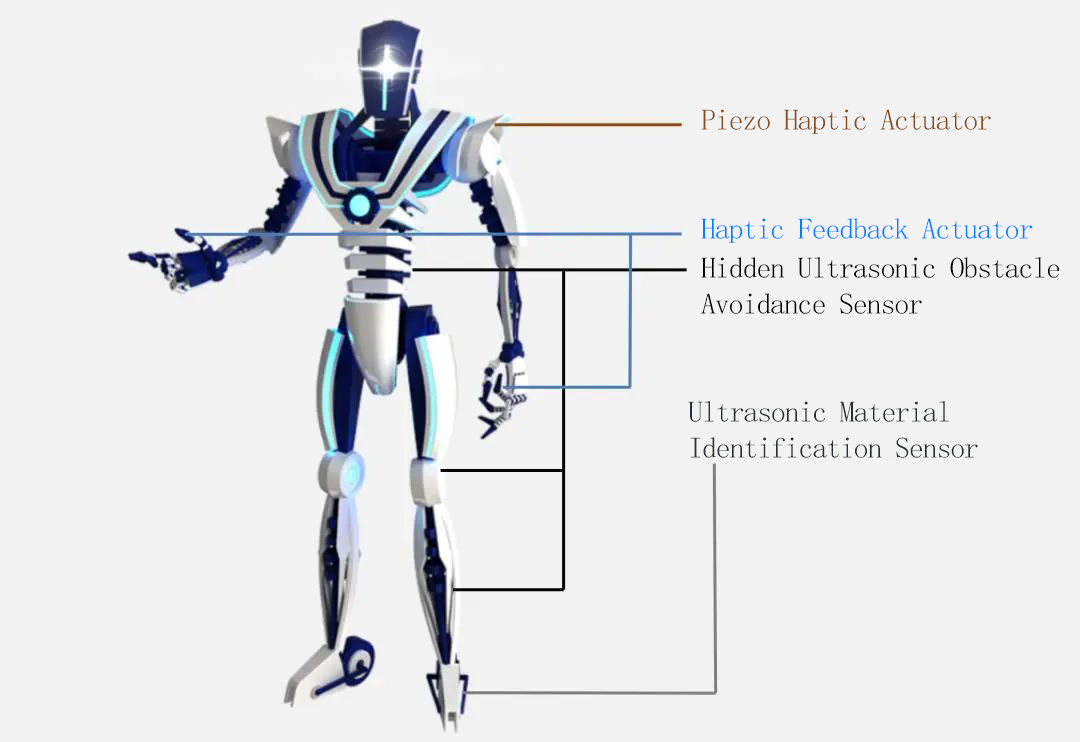
Have a sense of distance
At present, humanoid robots are mostly anthropomorphic visual and auditory perception of the environment, but the degree of flexibility is still insufficient, so that the 1.8-meter tall stature is reduced to a trap for safety hazards, and it is difficult to detect the safety range of the proximity of too high a visual angle. If the "waist", "knee", "calf" and other parts of the low height of the installation of obstacle avoidance sensors, you can have a sufficient sense of distance, always maintain an appropriate distance from the obstacles. Shuttling between mountains, rivers, grass and trees, crowded people can also be easy, not to mention the deserted Gobi Desert.
Product: Hidden Ultrasonic Obstacle Avoidance Sensor
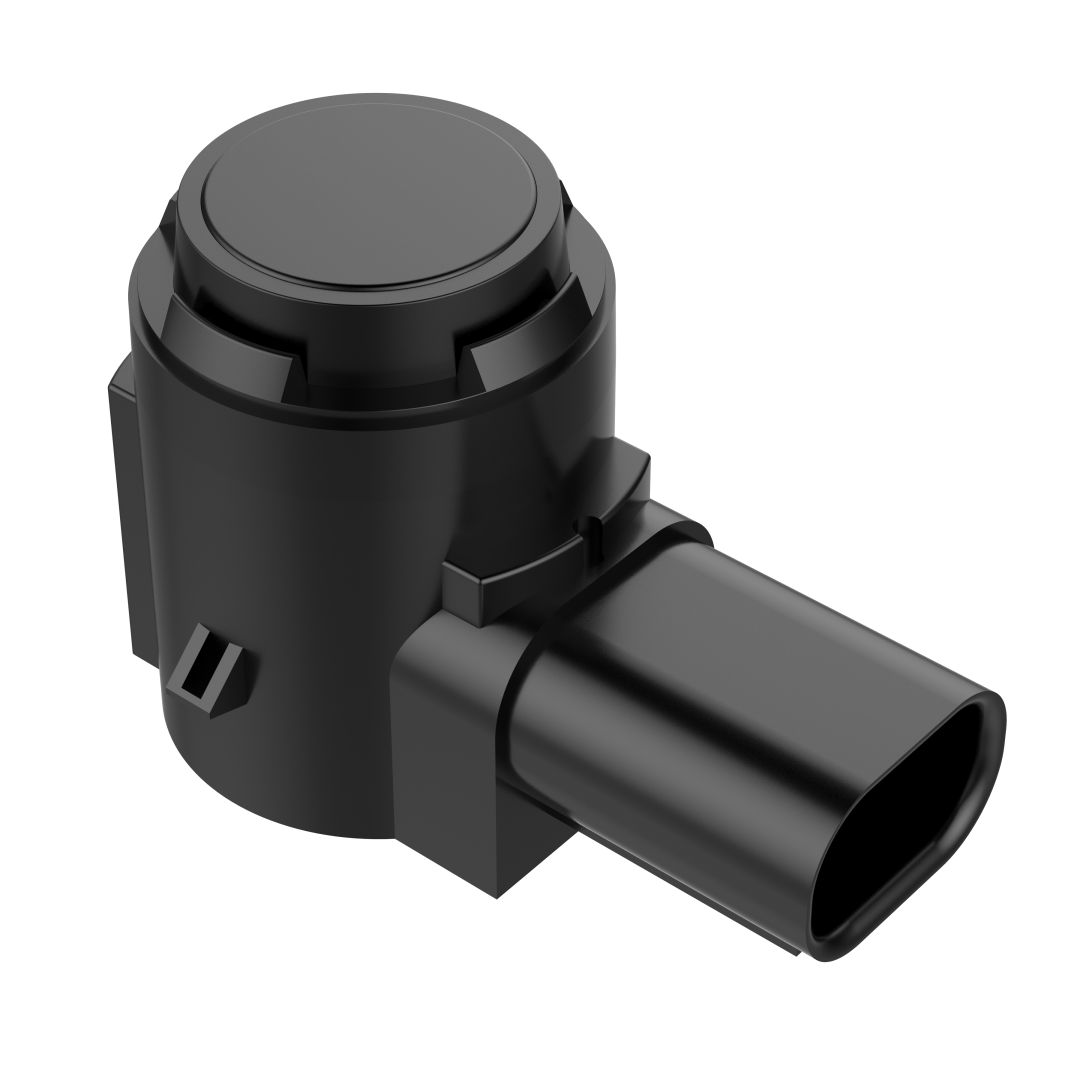
Sense of proportion
The inability to grasp the strength of intelligent robots is a common problem, some time ago the chess robot so "wrong hand" broke a Russian boy's fingers. We expect humanoid robots to be able to get rid of this problem at the beginning of their design, and to have an inherent sense of proportion. To this end, we added haptic sensors to the 10 fingers of Smart Camber when we drew the overall picture of Smart Camber: each finger of Smart Camber can feel the different tactile sensations of the object, and can accurately distinguish the softness or hardness of different objects, and use different levels of force to grasp the object according to the softness or hardness of the object. It uses different levels of force to grasp the object, so that any object can also be intact and unharmed between the robot's palms.
Product: Piezo Haptic Actuator

Possessing a sense of stability
If one day a humanoid robot becomes a friend of yours and mine, some small accidents may happen when it comes to visit our home, for example, if it doesn't know how to distinguish the material of the floor, it may step on the wooden floor by mistake. ...... In order to avoid unfortunate incidents, the robot should consciously assemble ultrasonic material recognition sensors on its feet, quickly recognize the ground material through echo detection technology, combined with the robot host algorithm, to establish a multi-mode parallel walking system, which is light enough to walk indoors, and heavy enough to step on the mountains and seas, and is stable and heavy as one.
Product: Ultrasonic Material Identification Sensor

Sense of interaction
Asimov's "Three Principles of Robotics" warns that humans and robots should keep a distance, but the successive birth of humanoid robots has aroused people's imagination for the creation of a partner for progress, humanoid robots bionic to what extent can conform to the norms, but also full of anthropomorphic sense of interaction? The answer must be to inject haptic feedback technology into it, haptic feedback actuator as a representative of this technology, combined with AI algorithms can simulate the feedback force in different scenarios, such as Smart Camber's "skin" is equipped with haptic feedback actuator, when the human hand touches the robot's shoulder, the sense of touch is the same as that of a real person, anthropomorphic sense of interaction. When the human hand touches the shoulder of the robot, the tactile sensation is the same as that of a real person, and the anthropomorphic sense of interaction and the standardized sense of separation can be achieved at the same time, which is wonderful!
Product: Haptic Feedback Actuator
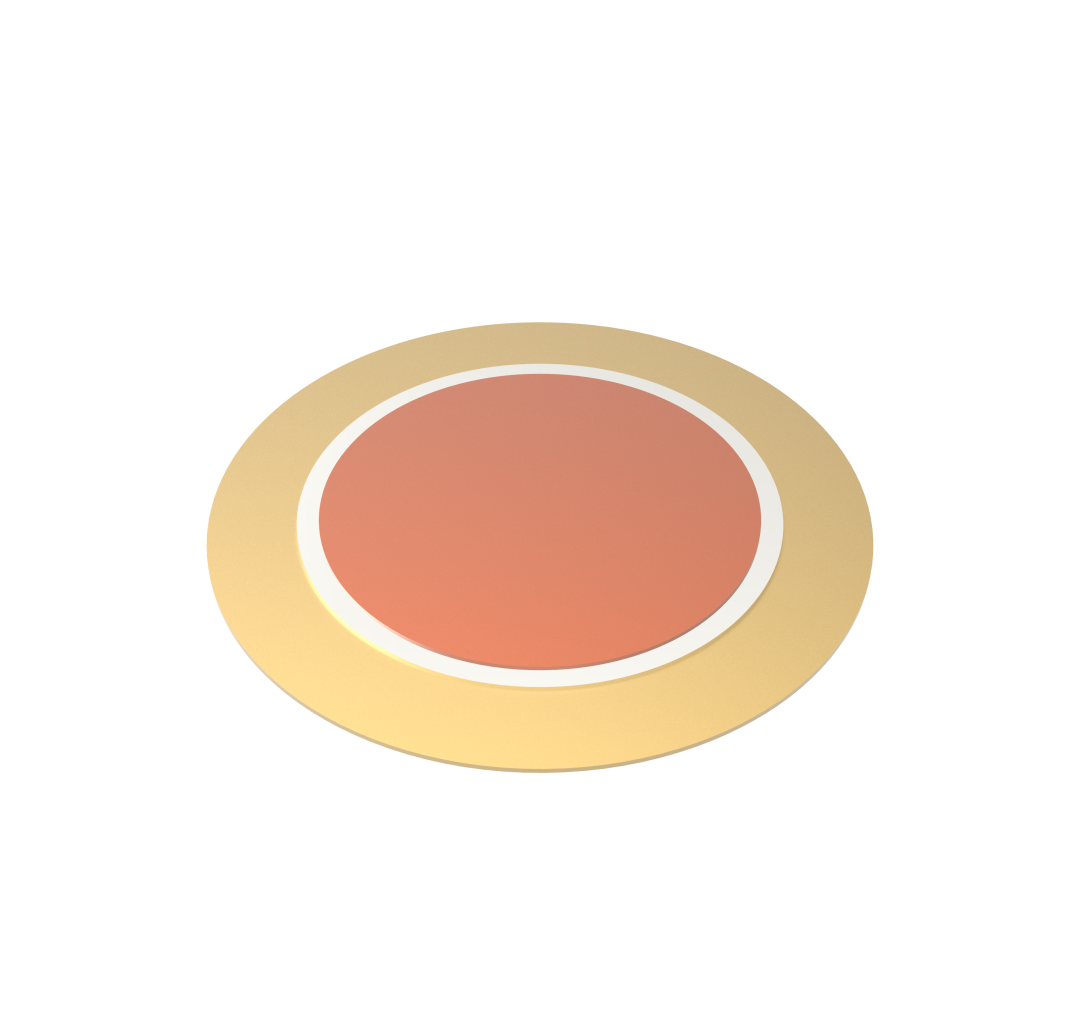
More than just "cute", giving "intelligence" is the way to go. Sensing and actuation technology is the foundation for humanoid robots to be able to learn to be "smart" at a later stage. From now on, let's pay more attention to the sense of distance, sense of proportion, sense of stability and sense of interaction of robots.











 Focus on us
Focus on us